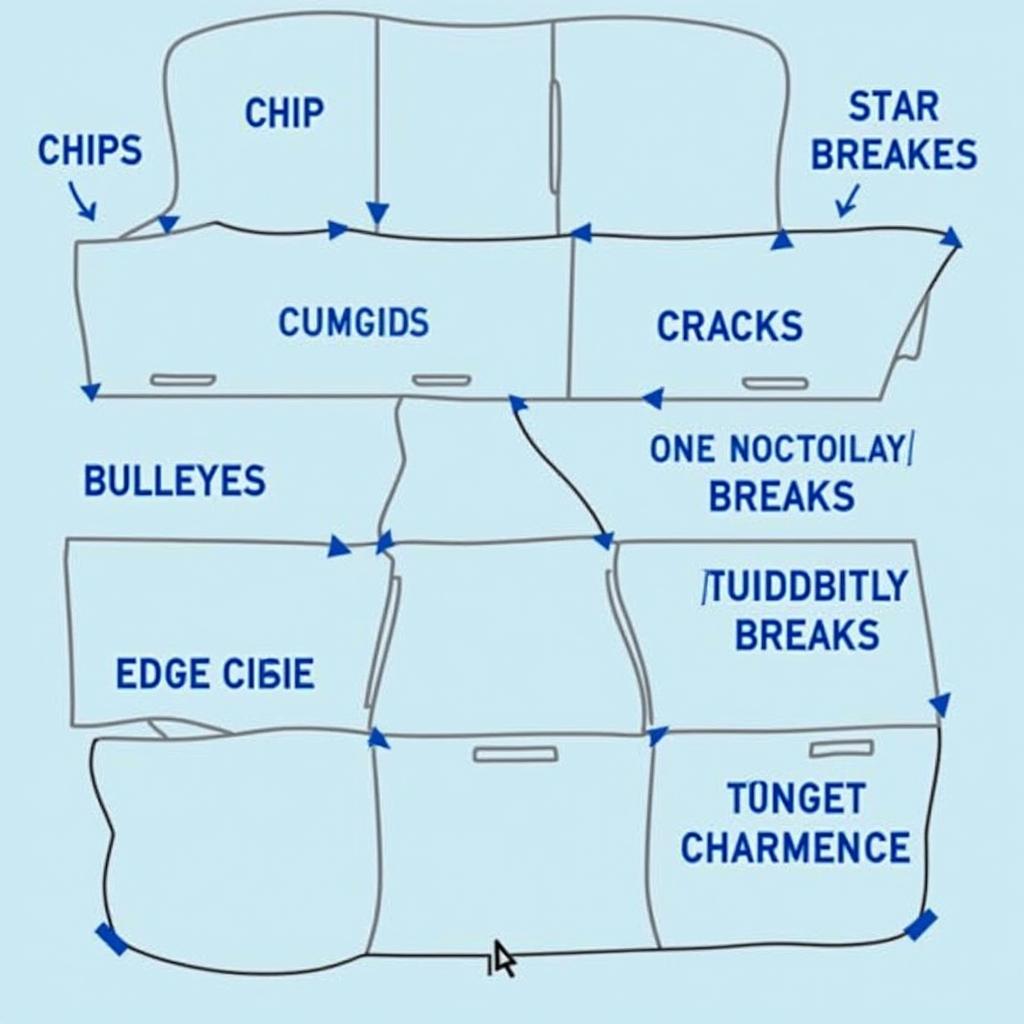How to Service Your Own Car: A Reddit-Inspired Guide
Want to save some cash and learn more about your car? Servicing your own car might seem daunting, but it’s totally achievable, even if you’re not a mechanic. This guide, inspired by discussions on Reddit, will walk you through some basic car maintenance tasks you can handle right in your garage.
Why Service Your Own Car?
There are plenty of reasons why learning to service your own car is a great idea. First off, you’ll save money. Labor costs at a mechanic can really add up, and doing basic tasks yourself puts that money back in your pocket. Plus, you get the satisfaction of knowing you did it yourself! You’ll also gain a better understanding of your car and how it works, which can be super helpful if you ever experience car trouble down the road.
Essential Tools for DIY Car Servicing
Before you dive in, it’s crucial to have the right tools. You don’t need a professional-grade setup, but some basics are essential:
- Socket set and wrench set: These are your bread and butter for loosening and tightening bolts.
- Screwdrivers (Phillips and flathead): Essential for removing covers and other components.
- Pliers (regular and needle-nose): Great for gripping, twisting, and holding things in place.
- Jack and jack stands: Safety first! Never work under a car supported only by a jack.
- Oil filter wrench: For removing the old oil filter during oil changes.
- Funnel: For pouring fluids without making a mess.
- Gloves and safety glasses: Protect your hands and eyes from grime and debris.
 Essential Car Service Tools
Essential Car Service Tools
Simple Car Service Tasks You Can Tackle
Now, let’s get into the tasks themselves. Here are a few common car maintenance jobs that even beginners can handle:
1. Changing Your Oil and Oil Filter
Oil changes are the cornerstone of car maintenance. They’re relatively simple and can save you a decent chunk of change in the long run. Here’s a basic rundown:
- Gather your materials: Fresh oil (check your owner’s manual for the correct type and amount), a new oil filter, a wrench that fits your drain plug, a container to catch the old oil, and your trusty gloves.
- Warm up the engine: Let your car run for a few minutes to warm the oil, making it flow easier.
- Locate the drain plug: It’s usually on the underside of your engine oil pan. Position your drain pan underneath it.
- Drain the old oil: Carefully loosen the drain plug with your wrench and let the old oil drain completely.
- Replace the drain plug: Once the oil is drained, tighten the drain plug back on.
- Locate and remove the old oil filter: It’s usually a cylindrical canister. Use your oil filter wrench to loosen and remove it.
- Install the new oil filter: Lubricate the gasket of the new filter with a bit of fresh oil and screw it on hand-tight. Don’t overtighten.
- Add the new oil: Pour the recommended amount of fresh oil into your engine through the oil filler cap (usually located on top of the engine).
- Check the oil level: Start your engine and let it run briefly. Turn it off and wait a few minutes for the oil to settle. Then, check the dipstick to ensure the oil level is between the minimum and maximum marks.
 DIY Oil Change Steps
DIY Oil Change Steps
2. Replacing Air Filters
Your engine needs to breathe, and that’s where the air filter comes in. A dirty air filter can restrict airflow, impacting your engine’s performance and fuel efficiency. Luckily, replacing it is a breeze:
- Locate the air filter housing: It’s usually a black rectangular box near the engine.
- Open the housing: It’s typically secured with clips or screws.
- Remove the old air filter: Take note of how it sits inside the housing.
- Insert the new air filter: Make sure it’s positioned correctly, just like the old one.
- Close the housing: Secure the clips or screws back in place.
3. Checking and Topping Up Fluids
Your car relies on various fluids to function properly. Checking and topping them up regularly is crucial:
- Engine coolant: Keeps your engine from overheating. Check the reservoir level when the engine is cool and top up with a 50/50 mix of coolant and water if needed.
- Brake fluid: Essential for your brakes to work effectively. Check the level in the reservoir and top up with the recommended brake fluid if necessary.
- Power steering fluid: Helps with smooth steering. Check the level in the reservoir and top up as needed.
- Windshield washer fluid: Keeps your windshield clear. Fill the reservoir with washer fluid when it gets low.
 Maintaining Car Fluid Levels
Maintaining Car Fluid Levels
Staying Safe While Servicing Your Car
- Work in a well-ventilated area: Car fluids and fumes can be harmful.
- Always use jack stands: Never work under a car supported only by a jack.
- Dispose of fluids properly: Used oil and other car fluids should be taken to a recycling center.
- Don’t attempt anything you’re not comfortable with: If you’re unsure about a task, it’s best to consult a professional.
Conclusion
Servicing your own car can be a rewarding experience, saving you money and giving you a deeper understanding of your vehicle. Remember to start with simple tasks and gradually work your way up as you gain confidence. And don’t hesitate to seek help from online resources like Reddit communities for tips and advice. Happy wrenching!

